Many fossils have been discovered at the La Brea Tar Pits in Los Angeles, California. Ancient animals got stuck and were preserved as fossils in asphalt pits, thousands of years ago.
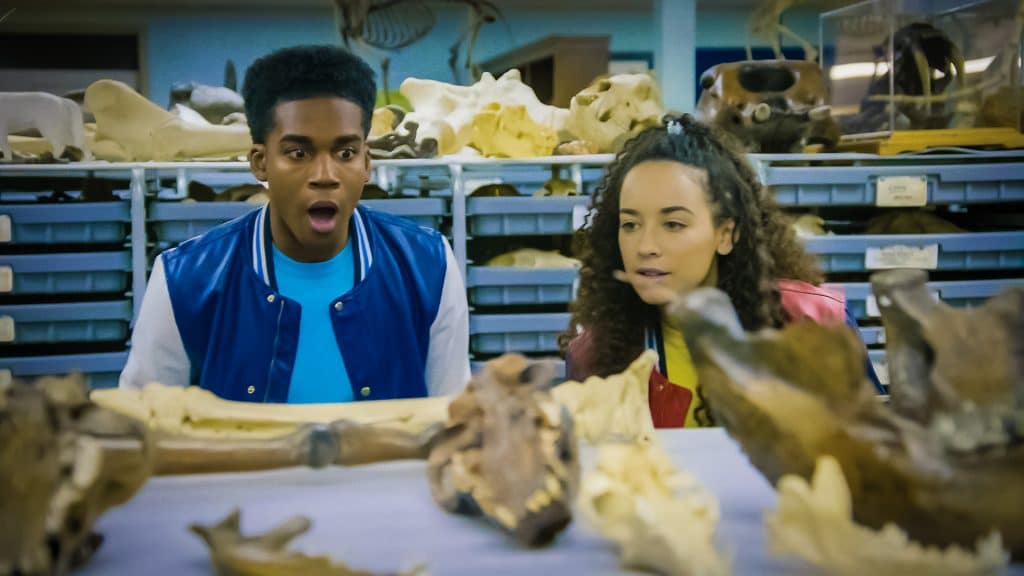
Fossils are the remains or traces of plants and animals that live a long time ago. Fossils help scientists understand what life was like millions of years ago. Some fossils provide evidence of living things that have gone extinct, which means they no longer found alive anywhere on earth today.
To learn more about fossils and extinction…
LET’S BREAK IT DOWN!
A fossil is the remains or traces of prehistoric life.
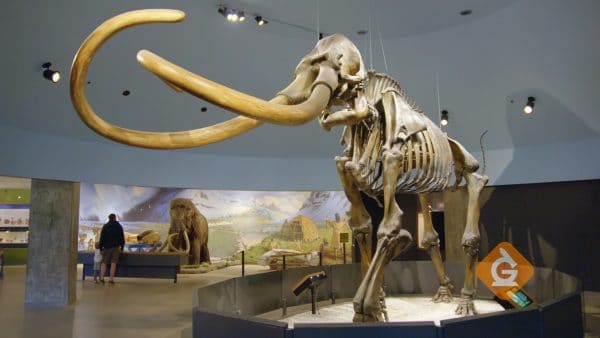
Fossils are the preserved remains of an animal, such as the animal’s bones, or impressions of the animal's activities, such as footprints. Even poop can be considered a fossil.
It's important to remember that plants can be fossils too!
Fossils can be found all over the world, however, there are areas that have a lot more fossils than other areas.
An extinct animal is one that is no longer found on Earth today.
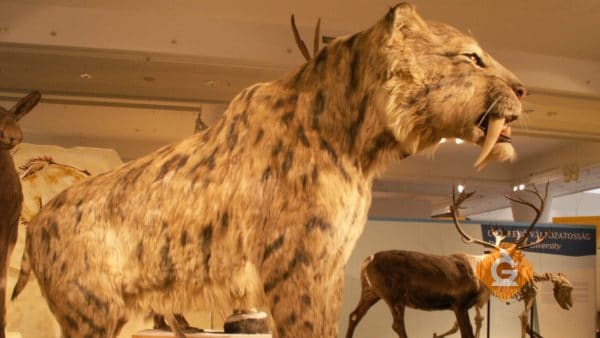
When an entire type of animal dies out, they are extinct. Extinct animals are gone forever.
Fossils help us understand why an animal went extinct. Some extinctions were caused by sudden changes in an organism’s habitat such as floods, wildfires, or other natural events. Hunting, habitat loss, and pollution are common reasons why organisms go extinct today.
Fossils provide evidence about past life and their environment.
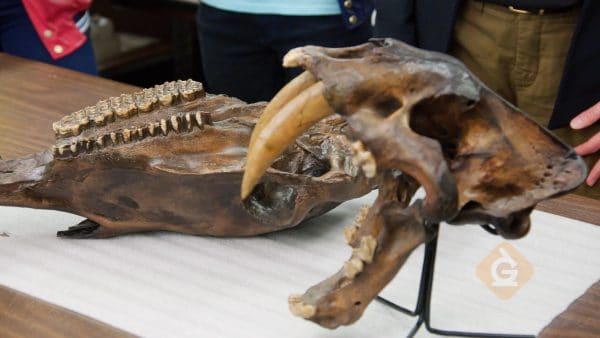
Scientists can learn a lot about the history of life from fossils, such as what types of animals live in a particular location.
We know that the area that is now Mt. Everest was once at the bottom of the sea because scientists found fossils of ocean animals there.
By looking at the teeth of extinct animals, scientists are able to determine their diet. When fossils with long pointed teeth are found, scientists know that the animal was a carnivore (animals that eat meat). If a fossil with flat, smooth teeth is found, the animal is likely a herbivore (animals that eat plants).
Also, the size and shape of the skull are used to determine the size of an animal. Scientists can even use dinosaur footprints to determine how fast the dinosaur ran, how many legs it had, and if it traveled alone or in groups.
How did plants and animals become fossils?
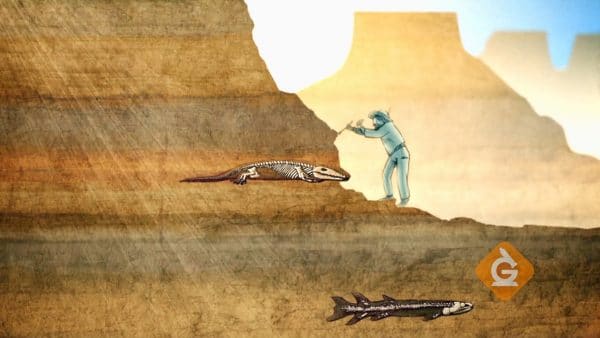
Fossils can be made from the actual remains of an organism (like bones, teeth, shells or leaves), or they can be preserved records of a living thing's activity (like footprints or animal droppings). Only a small number of organisms have become fossilized.
When living things die, they typically don’t leave anything behind. If an animal was quickly buried after it died, the bones or shells may have been left behind. Over time, the sediment over the dead organism hardens into rock. Fossils are revealed when something like erosion brings their remains to the surface and they are discovered.
FOSSIL EXAMPLES
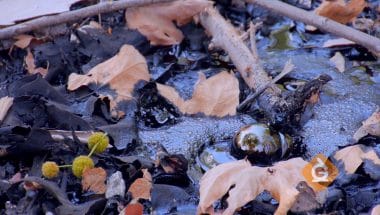
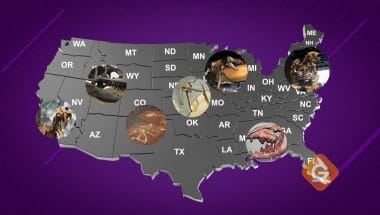
Most dinosaur fossils have been found in North America, China and Argentina. So many fossils have been found in the United States that each state has its own designated fossil.
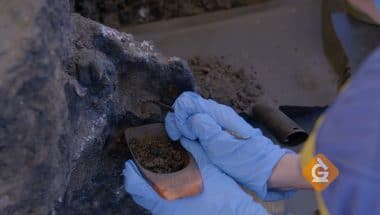
Paleontologists and dentists use the same types of tools. These small tools help paleontologist carefully remove debris around tiny fossils without breaking them.
FOSSILS AND EXTINCTION VOCABULARY
FOSSILS AND EXTINCTION DISCUSSION QUESTIONS
Why are so many fossils found in the La Brea Tar Pits fossil dig site?
What tools are used to remove fossils from the rock?
What happens to the fossils after they are removed from the tar pit?
What does a Fossil Preparator do?
What are some of the types of animals that are found at the La Brea Tar Pits?
Explain how we know that one of the skulls is a carnivore and the other is a herbivore.
What types of information can we learn about an animal from its fossil?
How do microfossils provide evidence about the environment from the past?
Skip, I will use a 3 day free trial
Enjoy your free 30 days trial





